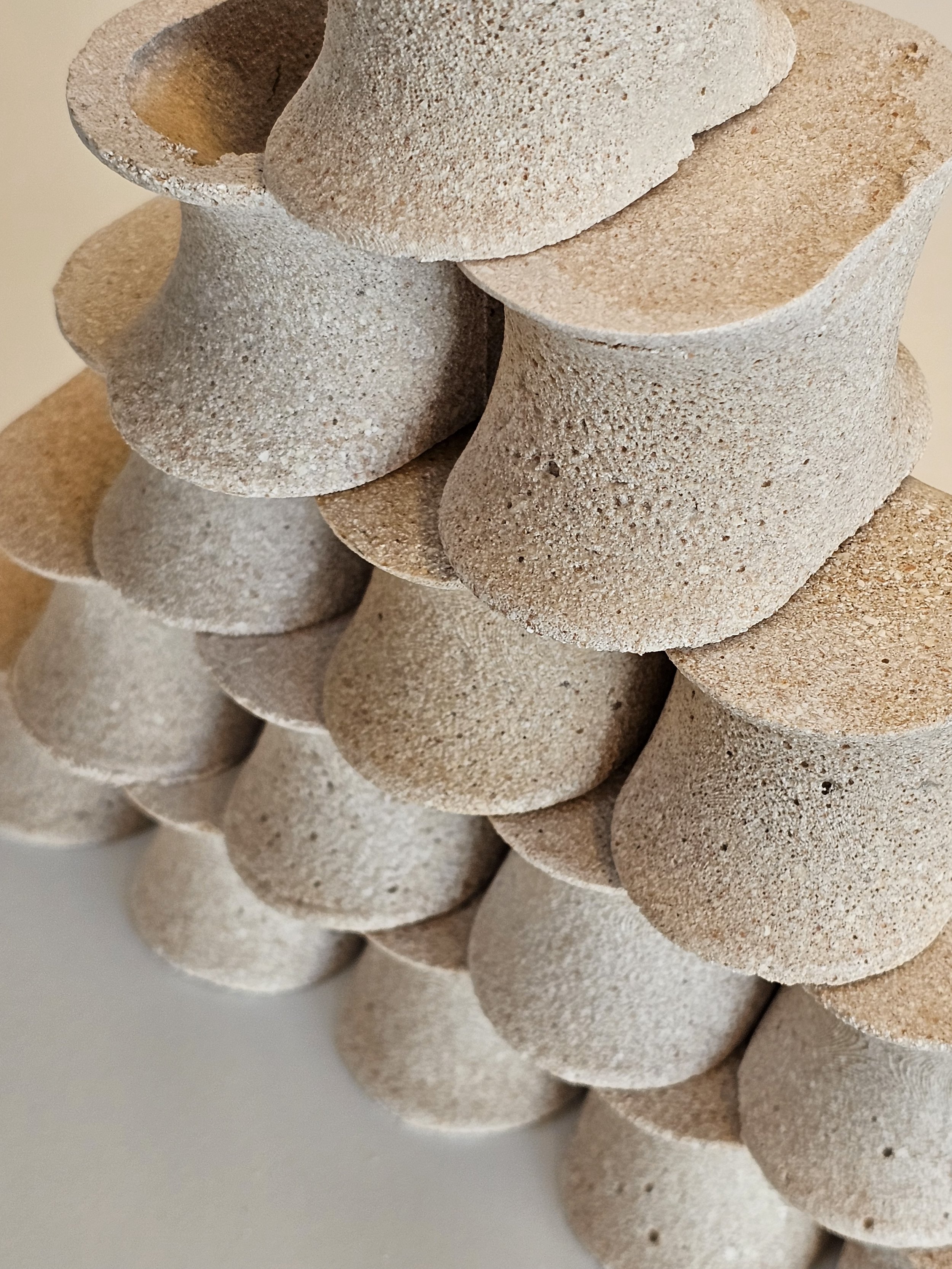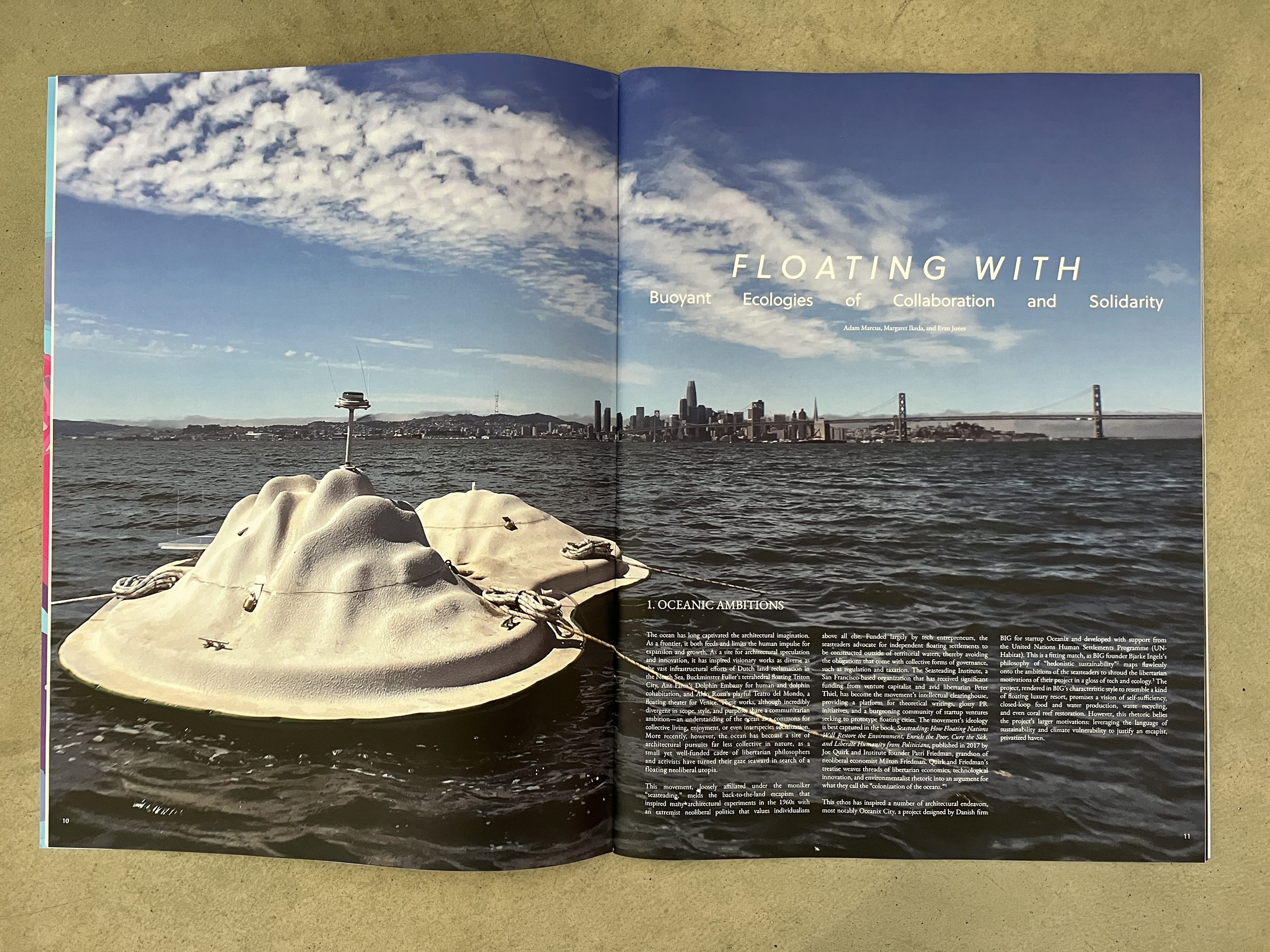CCA Architecture team, in collaboration with UCSF students and faculty, has won the Outstanding Science award at the 2024 BioDesign Challenge in New York. This remarkable achievement marks the second consecutive year the team has received this honor. The award-winning project, "Shell We Dance?", explores innovative solutions for transforming egg and shellfish waste into sustainable building materials. The project team, led by Margaret Ikeda, Evan Jones, Negar Kalantar, and Dyche Mullins worked at Autodesk's Pier 9 Technology Center through our Academic Alliance. The project tackles the pressing issue of construction waste and carbon emissions by drawing inspiration from natural shell structures. By developing moldable components and a complementary adhesive, the team created a new building system that incorporates living bacteria to enhance structural capacity. This sustainable approach aligns with the vision of reducing the environmental impact of the construction industry.
Team Members:
CCA Students: Miti Mehta, Negar Hosseini, Kianoush Hamedi, Jesus Guillermo Macias Franco
Project Leads: Margaret Ikeda, Evan Jones, Dr. Negar Kalantar, Dr. Dyche Mullins
UCSF Students: Alex Hong, Claire Kokontis, Camille Moore
Advisors: Ali Farajmandi, Dr. Anastasia H. Muliana, Dr.Alain Goriely, Dr. Gabor Domokos
Project Highlights:
Inspiration from Nature: The team was inspired by the complex structures of natural shells and aimed to replicate these forms sustainably.
Environmental Impact: The project addresses the high carbon emissions of the construction industry by utilizing egg and shellfish waste, materials that are typically discarded in large quantities.
Interdisciplinary Collaboration: The project exemplifies the power of interdisciplinary research, bringing together architectural designers, cellular biologists, material scientists, applied geometric modeling mathematicians, and fabricators.
Innovative Material Development: By experimenting with binding agents like gelatin and potato starch, the team created a robust, repeatable bio-material. The addition of living bacteria further strengthened the material, achieving a strength comparable to cork and rubber.
Modular Building System: Inspired by mathematical principles and natural aggregation patterns, the team developed a modular system that can be scaled up to building blocks

















